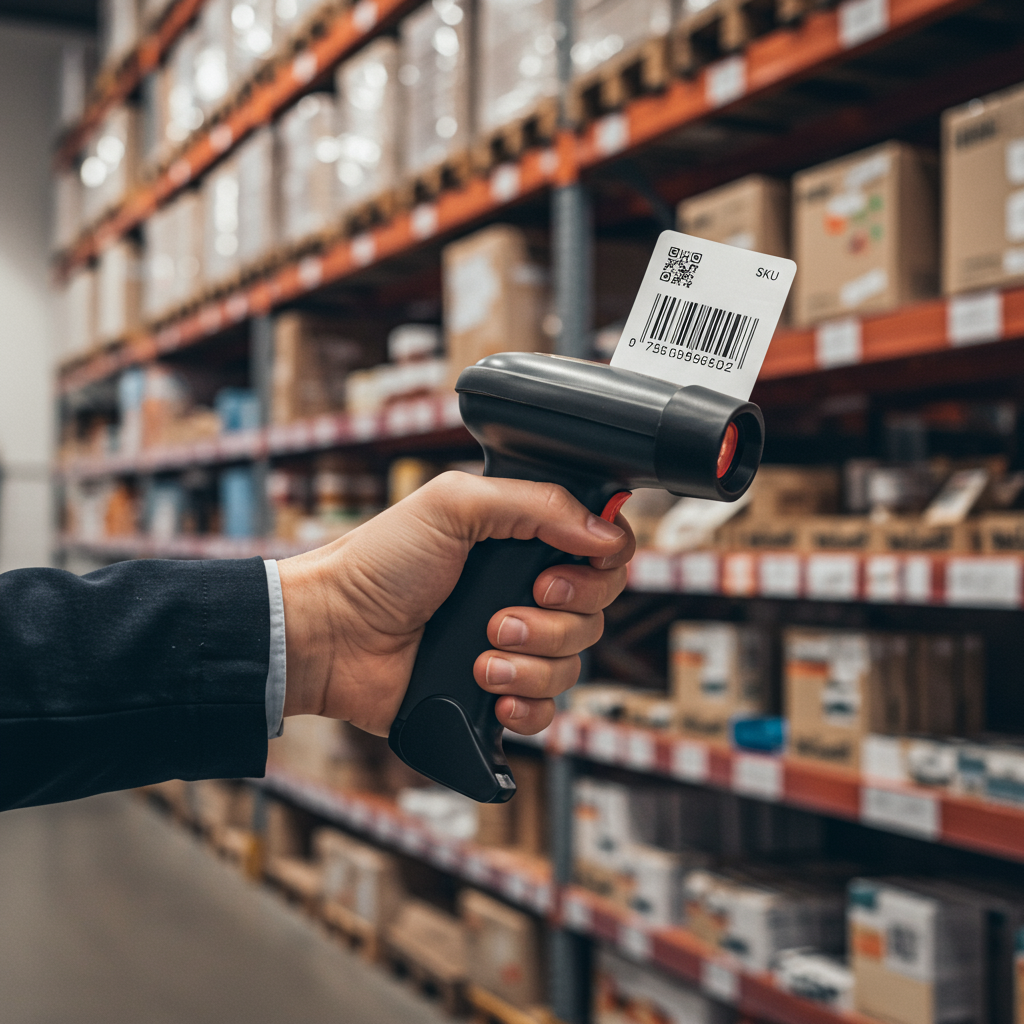Unlock efficiency and accuracy in your Shopify store by understanding and implementing best practices for Stock Keeping Units (SKUs) and Barcodes.
As a Shopify merchant, I know firsthand that managing inventory can feel like a daunting task. It’s not just about knowing what you have in stock; it’s about knowing *exactly* what each item is, where it is, and how it moves through your business.
Two fundamental tools that are absolutely critical for this are Stock Keeping Units (SKUs) and Barcodes. While often confused or used interchangeably, they serve distinct, yet complementary, purposes.
In this comprehensive guide, I want to walk you through the ins and outs of SKUs and barcodes, explain their differences, and show you how to leverage them effectively within your Shopify ecosystem.
Let’s start with the Stock Keeping Unit, or SKU. What exactly is it? Simply put, an SKU is a unique alphanumeric code that you, the merchant, assign to each distinct product or product variant you sell.
Think of it as your internal identification system. It’s designed for your business’s inventory management, order fulfillment, and sales tracking. It’s human-readable and should be meaningful to you and your team.
For example, if I sell a ‘Blue T-Shirt, Size Large,’ my SKU might be ‘TSHIRT-BLU-L’. This tells me at a glance the product type, color, and size.
The primary purpose of an SKU is internal tracking. It helps me quickly identify specific products, manage stock levels, track sales performance of individual items, and streamline my picking and packing processes.
When it comes to best practices for SKUs, consistency is paramount. Develop a clear, logical structure and stick to it across all your products. This makes it easier for new team members to understand and reduces errors.
I always recommend making your SKUs descriptive but concise. Include key attributes like product type, brand, color, size, material, or even vendor code if that’s relevant to your operations.
Avoid using special characters or spaces in your SKUs. Stick to letters, numbers, and perhaps hyphens or underscores. This ensures compatibility with various software systems, including Shopify.
Remember that each product variant needs its own unique SKU. A red small t-shirt should have a different SKU than a red large t-shirt, even if they are the same base product.
Shopify uses SKUs extensively. When you add a product or variant, there’s a dedicated field for the SKU. This is how Shopify tracks your inventory levels for each specific item.
Now, let’s shift our focus to Barcodes. A barcode is a machine-readable optical label that contains information about the item to which it is attached. Unlike an SKU, a barcode is primarily for external, universal identification.
The most common types of barcodes you’ll encounter are UPC (Universal Product Code) in North America and EAN (European Article Number) globally. These are standardized codes managed by GS1.
The main purpose of a barcode is rapid, accurate data entry and identification using a scanner. When a barcode is scanned, it quickly retrieves product information from a database, such as price and description.
For me, barcodes are essential for point-of-sale (POS) systems, warehouse management, and shipping. They drastically reduce manual entry errors and speed up transactions.
Best practices for barcodes involve ensuring you have legitimate, globally unique codes. This means obtaining them from GS1, the official source for UPCs and EANs.
Never create your own ‘barcode’ numbers unless they are for internal use only and will never be scanned outside your own system or sold through retailers requiring official GTINs (Global Trade Item Numbers).
Ensure your barcodes are printed clearly and are scannable. Poor print quality or placement can lead to scanning errors, slowing down your operations.
So, what’s the fundamental difference between an SKU and a barcode? An SKU is *your* internal code, unique to *your* business, designed for *your* inventory management. A barcode (specifically a GTIN like UPC/EAN) is a *universal* code, unique globally, designed for *external* identification and scanning.
They are not interchangeable. You wouldn’t use a barcode as an SKU, nor would you typically use an SKU as a scannable barcode for retail sales.
However, they work in perfect harmony. Your SKU helps you manage your internal stock, while the barcode allows for quick, error-free processing at various points in the supply chain, from receiving to sale.
For Shopify merchants, having both is non-negotiable for efficient operations. Accurate SKUs ensure your inventory counts are correct within Shopify, preventing overselling or stockouts.
Proper barcodes facilitate faster order fulfillment, especially if you’re using a barcode scanner for picking and packing. They also integrate seamlessly with POS systems for in-store sales.
This dual system reduces human error significantly. Manual data entry is prone to mistakes, but scanning a barcode or referencing a well-structured SKU minimizes these risks.
It also provides better data for reporting and analytics. By tracking sales by SKU, I can identify my best-selling products and make informed purchasing decisions.
Implementing them in Shopify is straightforward. When you create or edit a product variant, you’ll find fields for both ‘SKU’ and ‘Barcode (ISBN, UPC, GTIN, etc.)’. Fill both of these out diligently.
What do you think about the importance of these two systems for your own Shopify store? Have you found them equally critical?
Common pitfalls I’ve seen include neglecting to assign SKUs to all variants, using inconsistent SKU formats, or trying to use a barcode as an SKU. Avoid these at all costs!
For advanced management, consider Shopify apps that offer enhanced inventory control, batch editing of SKUs and barcodes, or integration with third-party logistics (3PL) providers.
Regularly audit your inventory. Compare your physical stock to your Shopify records, using your SKUs and barcodes to identify discrepancies. This proactive approach saves headaches down the line.
By mastering your SKUs and barcodes, you’re not just organizing your products; you’re building a robust, scalable foundation for your Shopify business. It’s an investment in efficiency, accuracy, and ultimately, your peace of mind.






